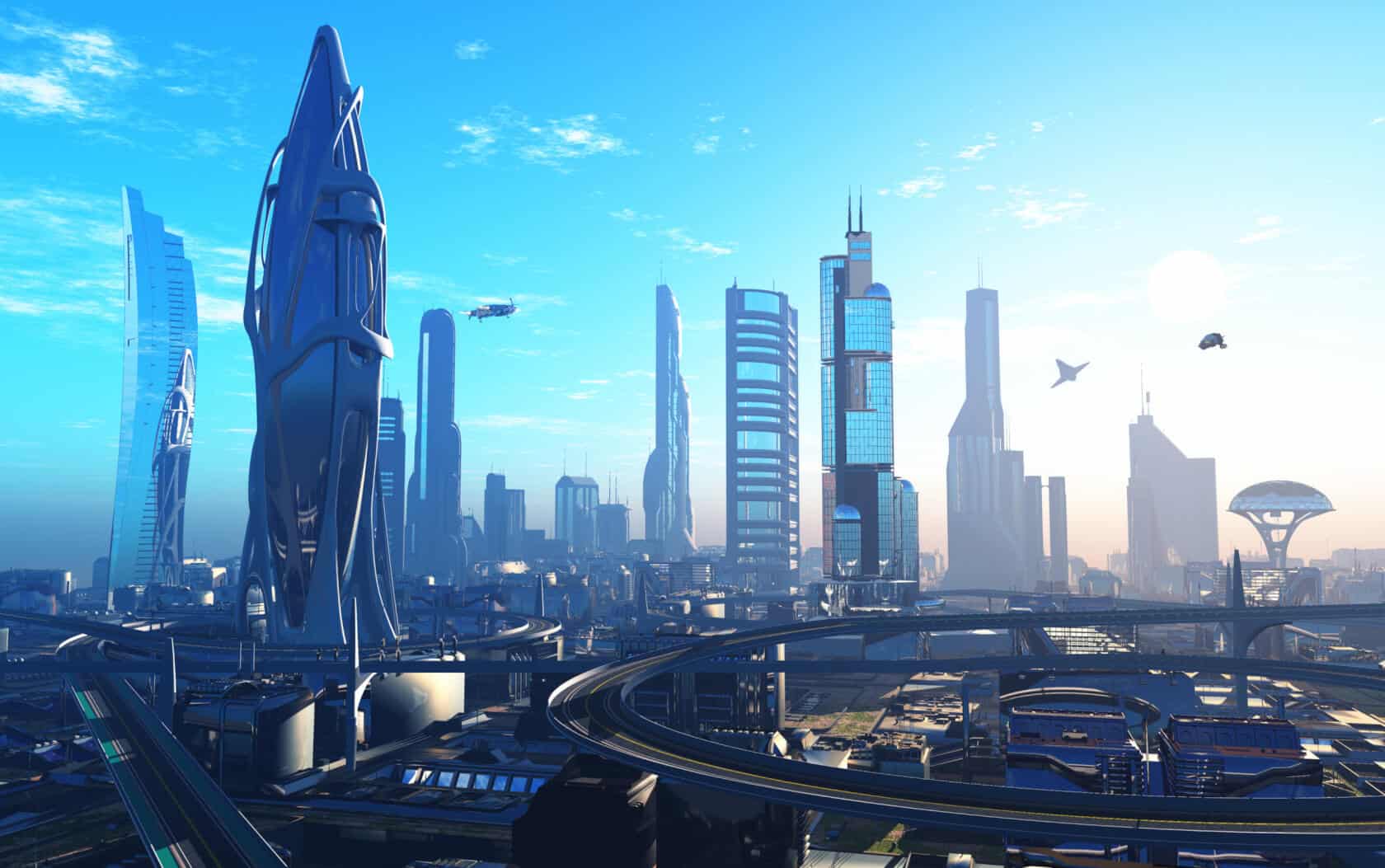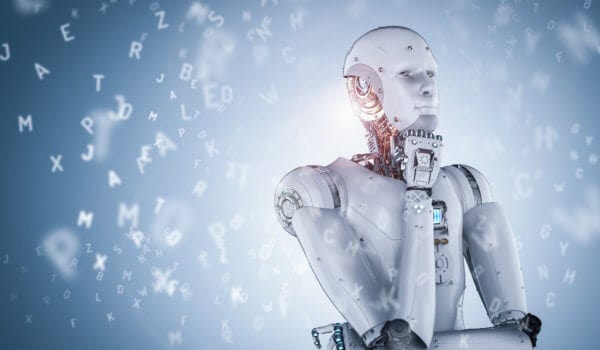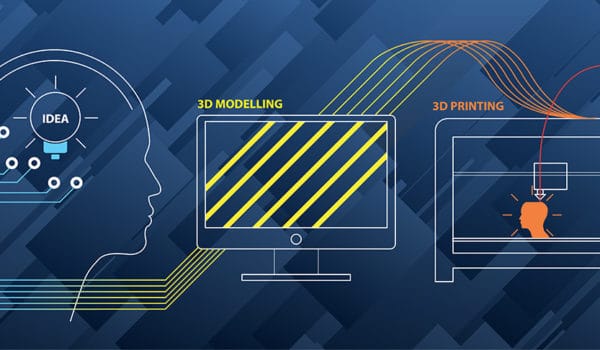The last two years have been important for cities and communities. The epidemic hit the heart of our cities, and governments needed to respond rapidly to safeguard people's lives while also looking for the best ways to deal with the long-term impacts of COVID.
Urban air mobility, gigantic bridges, hyper-connected street experiences, and subterranean places may be seen in the cities of tomorrow. Big data, the Internet of Things, and artificial intelligence will fuel these futuristic cities, allowing them to live, breathe, and even think with us. Other features of the futuristic metropolis, however, include sustainability, inclusion, and mixed-use. Technology will also be employed to produce a new standard of living in well-planned communities that retain a human touch. We investigate several forward-thinking programs taking place in cities throughout the world.
Underground Town

Tall buildings soaring into the sky come to mind when we think about megacities. However, cities contain infrastructure beneath the streets, including sewers and abandoned tunnels. There are also more indicators of underground life than you may imagine. Youth Time examines evidence of houses, concourses, and even a vibrant urban life under the surface, both ancient and modern. Planners are constructing both up and down in the world’s increasingly crowded cities. Space is critical, but so are low energy and construction costs. It’s all covered by underground constructions. They do away with the necessity for foundations, lowering building expenses. Furthermore, the temperature remains consistent, lowering heating and cooling expenses by up to 80%. Subterranean construction may also be more robust in areas prone to natural calamities. Singapore is an illustrative case in point. This city-state has worked out how to make the most of moving below street level, from data centers and utility facilities to warehouses and bus stations. Helsinki wants to maintain its carbon impact and cityscape as low as possible. The Finnish capital is building an underground metropolis complete with shopping malls, metro stations, swimming pools, and one of the world’s greenest data centers. As the world’s population becomes more concentrated in cities, cities of tomorrow will be forced to develop more innovative and sustainable methods to make better use of limited space. While many concepts are still being considered, it appears that earth scrapers and cities-within-cities will continue to rise in popularity and as viable alternatives.
Boring Future

Let us not forget about future tunnels. The Stormwater Management and Road Tunnel in Malaysia combines underground roadways with flood management. When monsoon season begins, the highway’s lower deck is changed into a drainage channel to transport water away from the city in the case of floods. Boring technology is considerably quicker and less expensive now, so the city of the future will see additional solutions, such as proposals in the United Kingdom for an underground network of tunnels capable of transporting 600 million items per year.
Future Bridges
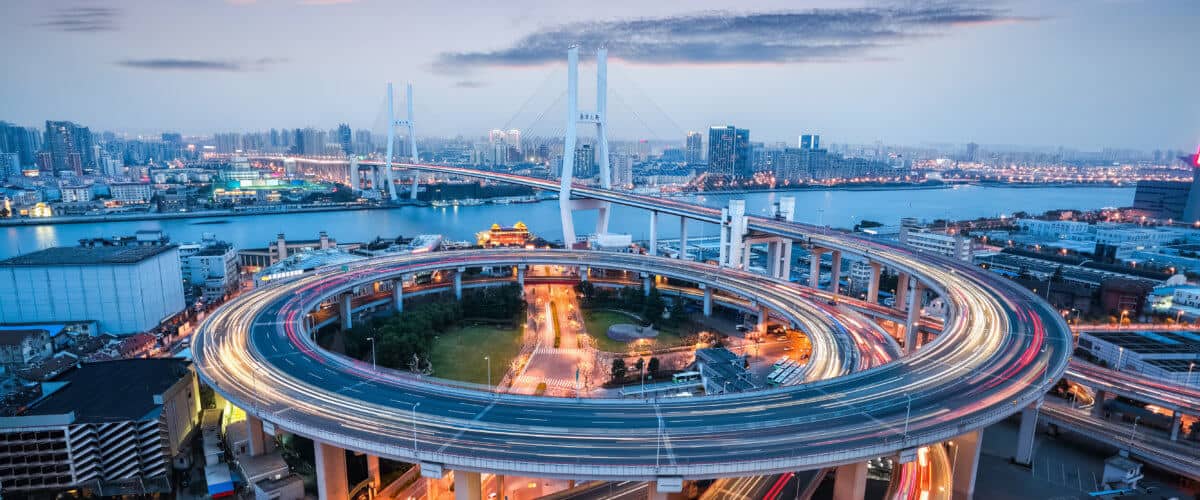
The future bridge will do more than just connect two sites. In the US, such an example is the 11th Street Bridge Park which includes an amphitheater, a boat launch, and pedestrian and bike lanes that will span the River. The sky bridge is also gaining popularity. While some stunning instances, such as a swimming pool between two buildings, pique the interest, sky bridges also provide practical answers. The Linked Hybrid Building is an example of an ‘enclosed programmatic’ sky bridge that houses offices and restaurants in the cities of tomorrow.
Mixed-up Future
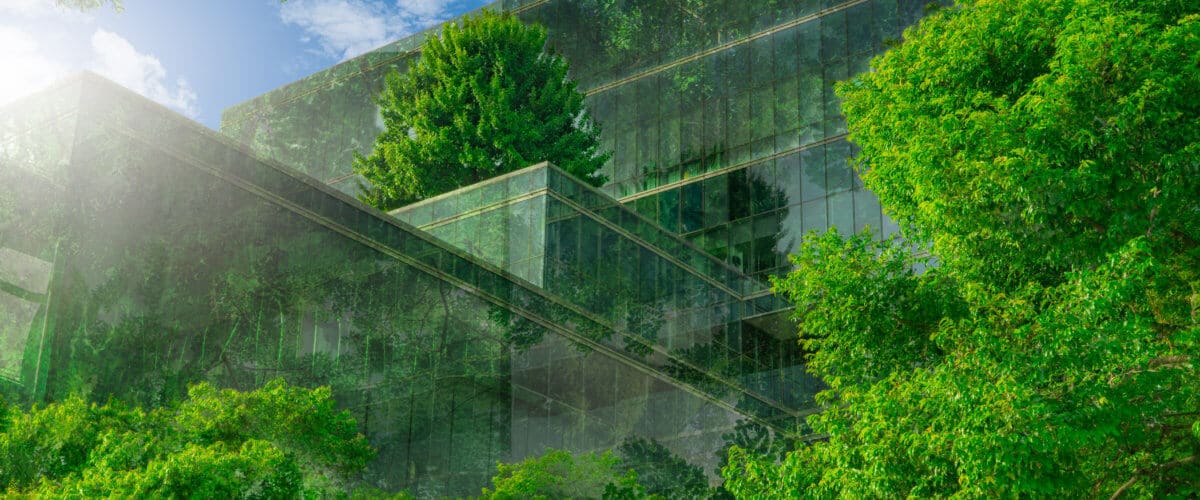
The city of tomorrow is a mixed-use development. Sidewalk Labs in Canada is already making this argument. These complexes rely on modular construction technologies to connect residential and commercial spaces with public spaces and parks. They generate communal spaces that are more conducive to incorporating ecological and energy-efficient architectural technologies. They can, for example, run on their own micro-grid powered by on-site renewable energy sources. The adaptable structure can adapt to the city’s changing demands, eliminating the need for repeated demolition and rebuilding. Mixed development comes in a variety of forms and sizes. They also show how to bring diverse cultures together. Library Parks, for example, are multi-use locations that bring people from all walks of life together to build a sense of community.
Smart Street
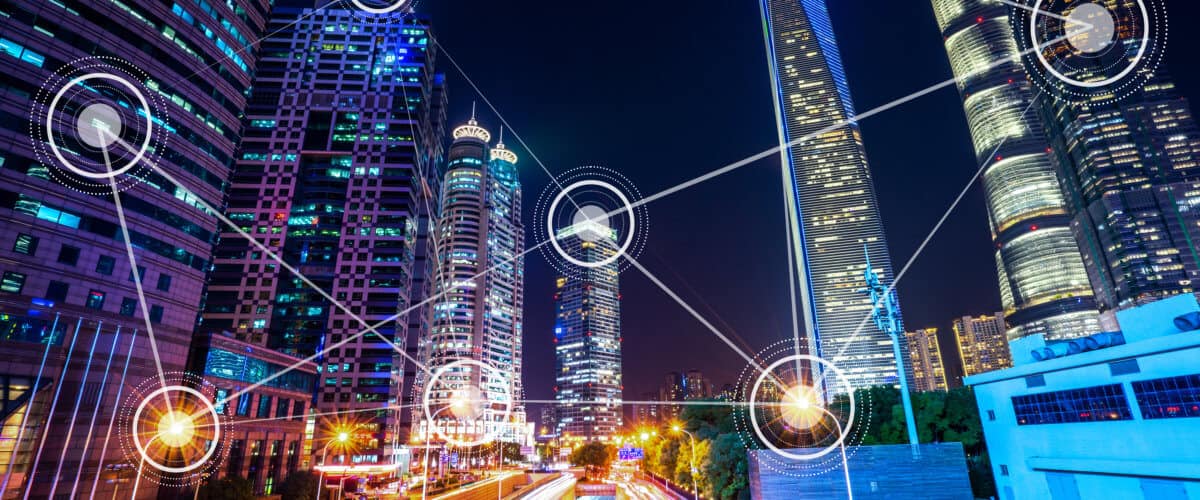
Cities work towards offering digital, clean, intelligent, autonomous, and intermodal mobility, with more walking and cycling spaces, where transport is commonly provided as a service. Big data will continue to be studied in order to improve the efficiency with which city services, roadways, and public transit are used. One notable example is in Los Angeles, where streetlights respond to what’s going on around them. For example, if a crowd is leaving a stadium late at night, the lamps may brighten to illuminate the path – or flash to alert an approaching ambulance. Advances in Low Power Wide Area Networks and 5G will improve connection across a wide range of devices over large distances. Urban applications will be combined with augmented reality (AR) technology to provide intelligent, customized recommendations for a more intuitive urban experience. There is less need to travel. People are projected to travel less in general than they did in the past. With new urban planning concepts such as the ’15-minute city’ promoting compact environments, ‘connected corridors,’ and changes in how people work, movements within urban areas will decrease significantly, and bicycles, scooters, and even walking will become more popular options in community neighborhoods.
Electric vehicles (EVs) are predicted to have around 32% of the total market share for new vehicles sales worldwide by 2040, with regional variations. According to a recent study in the United States, by 2050, up to 70% of passenger miles traveled in metropolitan areas might be in shared autonomous vehicles. This development will be spearheaded by big technological businesses, as well as the automotive and transportation sectors, as well as technology-based start-ups. Solutions such as passenger drones and drone deliveries are making tremendous progress. To address expanding demand for commodities, logistics businesses are increasingly relying on autonomous technology. Cities, such as Helsinki, will benefit from more on-demand multimodal mobility and Mobility as a Service (MaaS) systems. Residents will be able to digitally plan and schedule door-to-door excursions, use a single fare card for all forms of transportation, employ automated last-mile cargo shipment services, and have an end-to-end real-time view of freight in transit – all with seamless payment methods. Cities will begin to supply tailored travel, segmenting their consumers in a mobility context and adopting strategies for each market segment, with data playing a vital part in some of these moves.
Healthy Cities
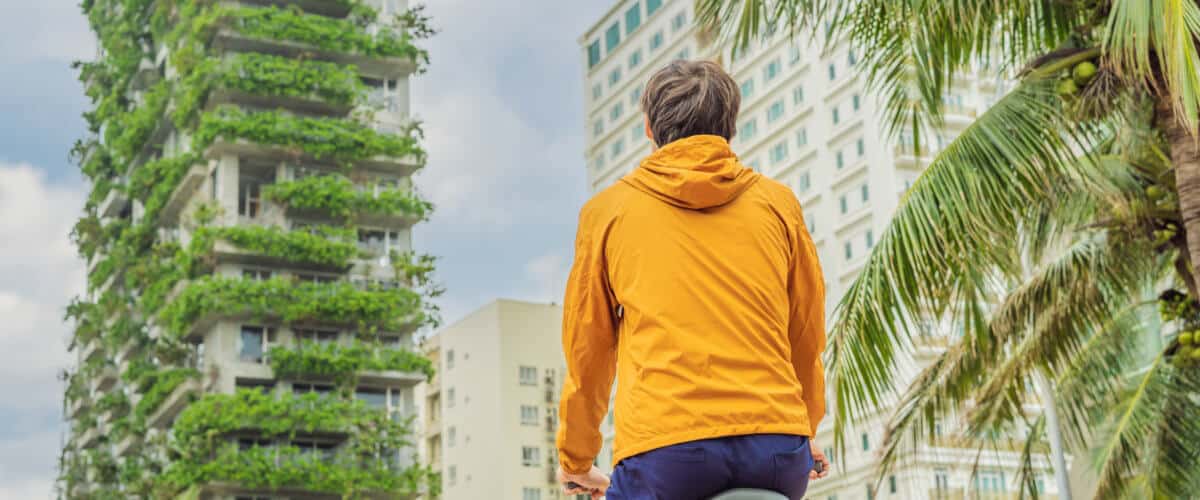
While some future city projects, such as flying vehicles and underground buildings, may sound like something out of a science fiction novel, the majority of ideas stem from a very practical commitment to maintaining sustainability, livability, and community in the places that will be home to a large portion of the population by 2040. Cities create healthcare ecosystems that focus not just on detecting and treating illness, but also on promoting well-being via early intervention and prevention, all while using digital technology. The pandemic’s health crisis demonstrated that there is a community role in establishing a better health environment, and cities must pay greater attention to the well-being of their residents. Globally, unhealthy behavior is linked to five of the top 10 causes of mortality. This highlights the need for preventative medicine. Because the elements that influence a person’s health and behavior are multifaceted, communities must play a role. Some of the initiatives for healthy cities may be taken to promote urban health. Utilize residual heat, reuse and recycle energy, and minimize consumption to activate public space and facilitate sustainable mobility. Transform modern cities into sponges, creating adaptable stormwater storage places with various purposes during off-peak hours. Collect and process organic waste to fertilize city farms and generate renewable electricity. Establish methods for construction-waste reuse, demolition reduction, building material logistics, and new construction that preserve history while creating inclusive and sustainable communities. Utilize underused urban areas to introduce ecology into the urban environment, therefore encouraging healthy lives via direct touch with nature. Prioritize access to sustainable mobility and electric vehicle by constructing specialized infrastructure in tandem with renewable energy provision.
Photo: iurii/shutterstock
You might also like:
Support us!
All your donations will be used to pay the magazine’s journalists and to support the ongoing costs of maintaining the site.
Share this post
Interested in co-operating with us?
We are open to co-operation from writers and businesses alike. You can reach us on our email at cooperations@youthtimemag.com/magazine@youthtimemag.com and we will get back to you as quick as we can.
